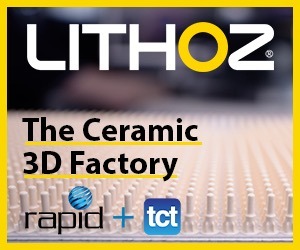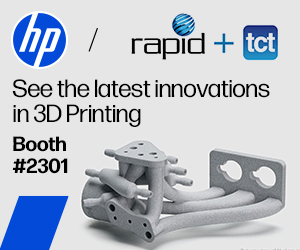Researchers 3D Print Tissue That Mimics Human Bile Duct

[Image via Cancer.org]
The research is documented in a study entitled “Tailoring nanostructure and bioactivity of 3D-printable hydrogels with self-assemble peptides amphiphile (PA) for promoting bile duct formation,” which you can access here. Lead author Ming Yan and colleagues 3D printed a nanostructure consisting of peptides amphiphile, or PAs, bioink and bile duct cells, or cholangiocytes.
“3D-printing has expanded our ability to produce reproducible and more complex scaffold architectures for tissue engineering applications,” the abstract states. “In order to enhance the biological response within these 3D-printed scaffolds incorporating nanostructural features and/or specific biological signaling may be an effective means to optimize tissue regeneration. Peptides amphiphiles (PAs) are a versatile supramolecular biomaterial with tailorable nanostructural and biochemical features. PAs are widely used in tissue engineering applications such as angiogenesis, neurogenesis, and bone regeneration. Thus, the addition of PAs is a potential solution that can greatly expand the utility of 3D bioprinting hydrogels in the field of regenerative medicine.”
The PAs and cholangiocytes were mixed with thiolated gelatin at 37°C and 3D printed at 4ºC using an EnvisionTEC 3D-Bioplotter, one of the most-utilized bioprinters on the market. The material retained integrity as the bioinks printed into filaments capable of supporting multi-layered scaffolds. The researchers stabilized the scaffold by cross-linking a derivative of ethylene glycol with calcium ions; scaffold stability was observed in culture for more than a month at a temperature of 37°C.
The researchers also explored the use of a laminin-derived peptide (Ile-Lys-Val-Ala-Val, IKVAV) and the influence its inclusion in the bioink would have on the bile duct cells. Laminin is a molecule necessary for cell adhesion, and after bioprinting, the bile duct cells remained viable in vitro. Staining revealed the formation of functional bile-cell-based tube structures; when cultured in IKVAV bioink, the structures showed enhanced morphology, forming functional tubular structures. This is the first time that a bioink-based system supplemented with PAs was used for bile duct tissue engineering. The research shows a lot of promise; the bioprinted bile ducts as well as in vitro systems created with the bioinks have the potential to be valuable for research into bile duct cancer as well as the testing of treatments. Right now, bile duct cancer is a grave diagnosis to receive, but the enhanced research that could be made possible by this work offers hope for better understanding and more effective treatments.
This is the first time that a bioink-based system supplemented with PAs was used for bile duct tissue engineering. The research shows a lot of promise; the bioprinted bile ducts as well as in vitro systems created with the bioinks have the potential to be valuable for research into bile duct cancer as well as the testing of treatments. Right now, bile duct cancer is a grave diagnosis to receive, but the enhanced research that could be made possible by this work offers hope for better understanding and more effective treatments.
As a next step, the researchers now want to optimize the peptide concentration and test other signaling molecules within the bioinks to enhance the formation of functional tubular structures that mimic those found in the liver.
Additional authors of the research paper include P.L. Lewis and R.N. Shah.
[Source: Physics World]
Subscribe to Our Email Newsletter
Stay up-to-date on all the latest news from the 3D printing industry and receive information and offers from third party vendors.
Print Services
You May Also Like
3D Printing Financials: Prodways Ends 2024 with a Profit
After a tough couple of years, Prodways (EPA: PWG) is starting to bounce back. The French 3D printing company finally made a profit in 2024, improved its operating performance, and...
Blue Origin & Auburn University Use EOS M290 to Study Copper 3D Printing
Blue Origin, the commercial space company built off of investments from Amazon founder Jeff Bezos, has donated two EOS M290 powder bed fusion (PBF) printers to Auburn University’s National Center...
Rocket Lab to Acquire Restructured Laser Communications Provider Mynaric AG
Rocket Lab USA, the Long Beach-based, end-to-end space services company that specializes in producing rockets with additive manufacturing (AM), has announced plans to acquire Mynaric AG, a German provider laser...
3D Printing Financials: Stratasys Ends 2024 with Cost Cuts and Growth Plans
Stratasys (Nasdaq: SSYS) has wrapped up 2024 with stronger margins but a full-year net loss. The polymer 3D printing leader navigated a year of economic headwinds, restructuring efforts, and shifting...




























